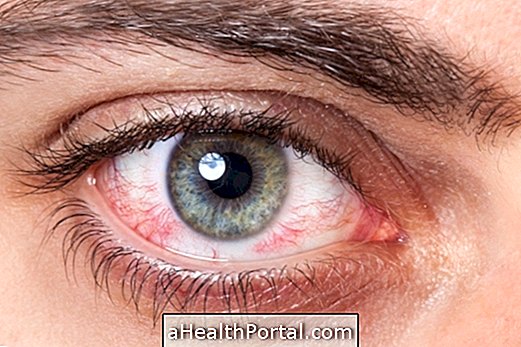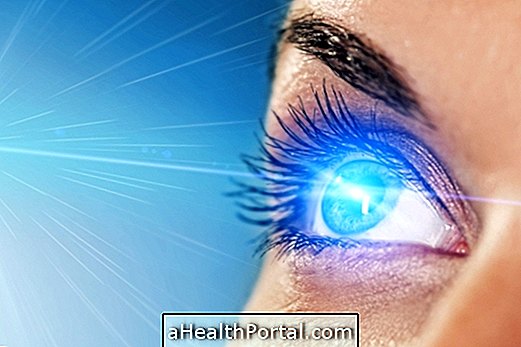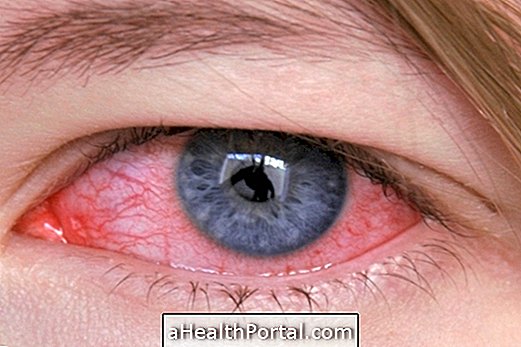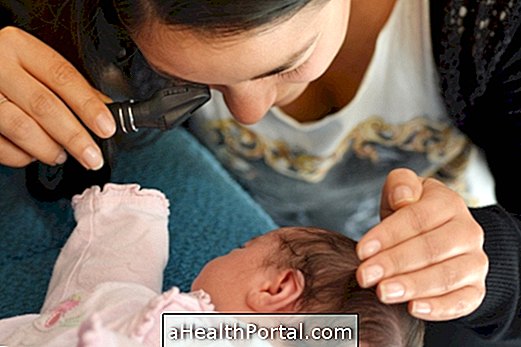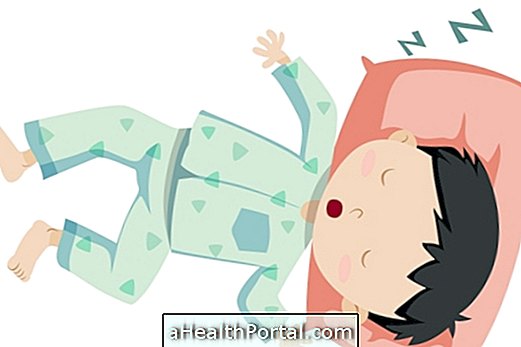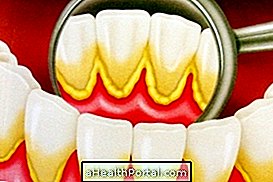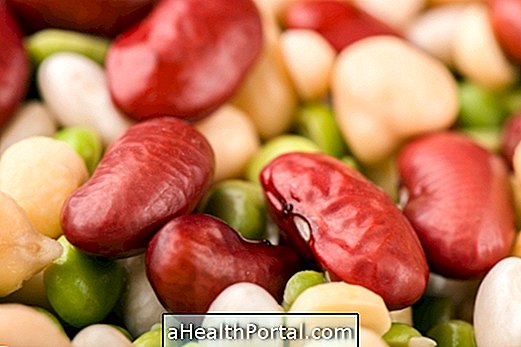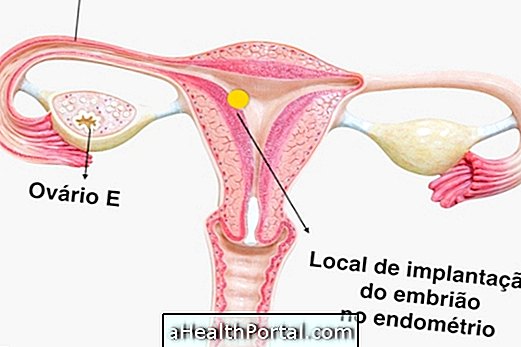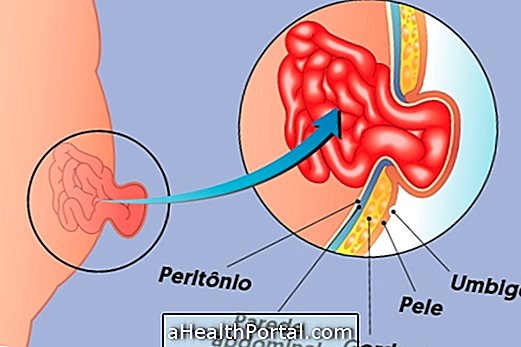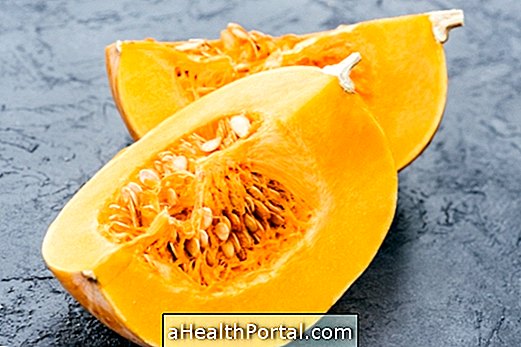The eye bug, also known as Loa Loa or Loiasis, is an infestation caused by the presence of Loa loa inside the eye, causing symptoms such as irritation, pain, itching, and redness.
Generally, the larva is released when the mango fly, very common in some regions of Africa, repeatedly bites the skin, depositing larva eggs in the blood. Inside the body, the larva may take up to 5 months to reach adulthood, and from there, it begins to spread through various body sites, especially in sites with connective tissue such as tendons and eyes.
The eye bug has a cure, and it is usually necessary to have the treatment indicated by the ophthalmologist, which may include the use of eye drops to relieve symptoms and tablets to eliminate the larvae of the body.
See other causes that can leave the eye aching and red, without being presence of larvae.
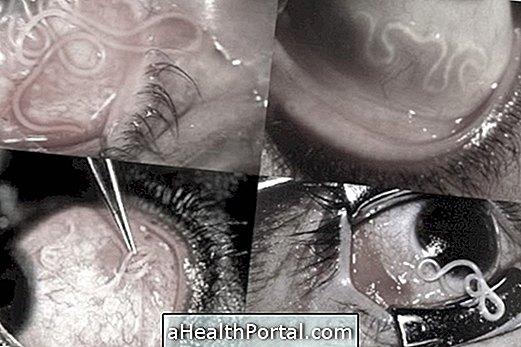
Main symptoms
Infestation by Loa Loa usually does not cause symptoms, especially in people who live in regions with the fly, however, when it affects the eyes, some people may have:
- Blurry vision;
- Eye scratching or aching;
- Redness in the eye;
- Presence of dark spots on vision;
- Excessive sensitivity to light.
In most cases, the eye bug is present in only one eye, so it is not necessary to have the symptoms in both eyes.
In addition, the larva may also be on the skin, and in these cases, it is common for small, non-painful lumps to appear on the arms and legs, especially in the regions near the joints.
In more advanced cases, when the eye bug is highly developed, it can also be observed in the conjunctiva of the eye, as the images show.
How to confirm the diagnosis
In most cases, infestation with the eye bug can be identified by the ophthalmologist only through evaluation of symptoms and detailed examination of the eye. However, in some cases, a blood test may still be ordered to evaluate if there are anti-bodies against the larvae that causes the disease, allowing confirmation of the diagnosis.
How is the treatment done?
Treatment should always be directed by the ophthalmologist, as it may vary according to the degree of development of the larva and the symptoms presented. The most commonly used drugs include:
- Anti-inflammatories, such as flurbiprofen or diclofenac: may be used as eye drops or tablets to relieve symptoms of pain, redness and itching;
- Antiparasitics, such as albendazole, thiabendazole or mebendazole: are used as tablets to eliminate the larvae from the body;
- Corticosteroids, such as prednisolone or hydrocortisone: are usually used as eye drops and allow relief of itching and other symptoms.
In more advanced cases, surgery may still be recommended to remove larvae from the eye, especially those that are more superficial. However, surgery does not cure the disease and therefore, the medications should be kept as directed by the doctor.
Normally, the treatment has good results and, therefore, the person does not usually have any sequelae. However, in severe cases, vision problems may occur, even after treatment.
How to avoid getting larvae
Once the Loa Loa larva is installed in the body after the bite of the mango fly, the best way to avoid catching the disease is to reduce exposure to this type of fly. For this, some tips include:
- Avoid going places with mud, especially in the shade or near rivers;
- Pass an insect repellent on the skin;
- Wear a long-sleeved blouse to reduce the amount of exposed skin;
- Prefer to wear pants instead of shorts or skirts.
Generally, mango flies are more active during the day and thus, these cares should be kept mostly while the sun is shining.


